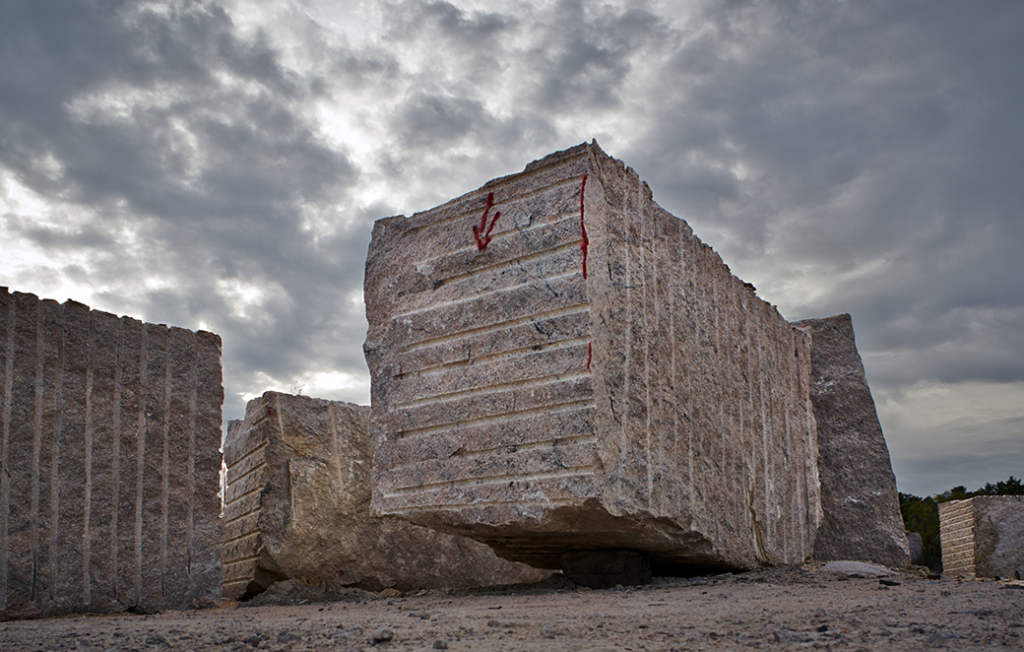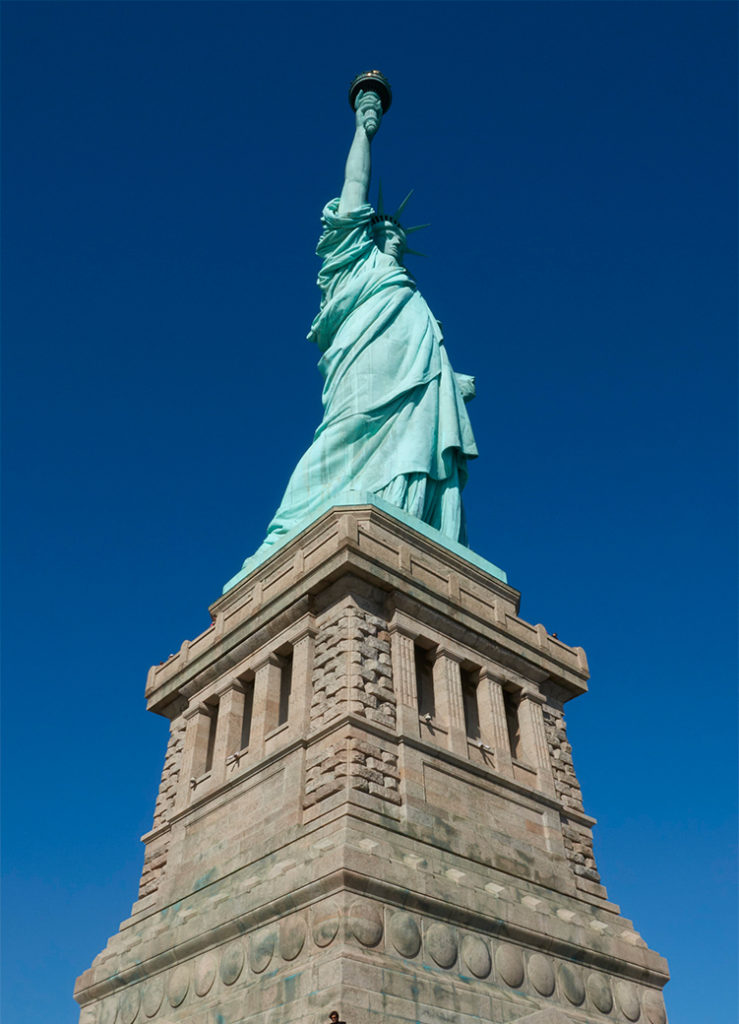Stony Creek Granite

Locally Sourced, Ethical Granite
Each natural stone has its own unique story and characteristics, down to its coloring, strength, and ability to absorb water. Tom Cleveland, Director of Sustainability at the Connecticut-based Stony Creek Quarry, one of 22 quarries across North America that adhere to rigorous sustainable and ethical practices developed by the Natural Stone Institute (NSI). Certification to the Sustainable Stone Standard (ANSI/NSI 373) lets architects and owners know each stone’s story and supply chain history, notably certifying that environmental, ecological, and social guidelines were followed in the production of their natural stone.
The more than 150-year-old quarry, which received gold-level certification from the NSI, is known for its Stony Creek Granite, a geological formation dating back 360 million years. This distinctive granite has been used for iconic landmarks around the country including the pedestal of the Statue of Liberty, The Smithsonian, Columbia University, and in landscape projects such as New York City’s Riverside and Battery Parks. Stony Creek Granite has active flow patterns and irregular reddish-gray crystalline structures with streaks of black biotite.

Knowing a stone’s history at this level of detail is important because stone is among the riskiest of materials at risk of forced labor.[1] Stone, from sandstone to granite, is used throughout residential and commercial buildings, as well as in landscape projects. The global supply chain that spans from Egypt to Nigeria, where child labor is used in the mining of limestone and granite, respectfully, is complex, unregulated, and opaque.[2]
“Some stone distributors might unknowingly be bringing in stone from regions of India, or Brazil, or Nigeria where there are known documented abuses,” says Cleveland. “We are now on a path to promote the NSI standard and we hope that the architecture and landscape community will specify in their contracts that they only want stone that is certified to the NSI’s Sustainable Stone Standard.”
All certified stone comes from companies that state “unequivocally” that they do not use child or forced labor in any of their production, Cleveland says. “We think that enlightened owners and their designers should specify NSI 373 as a de-risking tool. Using certified stone guarantees that protesters will not turn up at your new building protesting the use of ‘blood stone’ and forced labor.”
Additional Resources
[1] Verité Commodities Atlas and the U.S. Department of Labor’s List of Goods Produced by Child Labor or Forced Labor, Grace Farms analysis
[2] Tainted stone: Bonded Labor and Child Labor in the India-U.S. Sandstone Supply Chain, ABA. August 13, 2020.